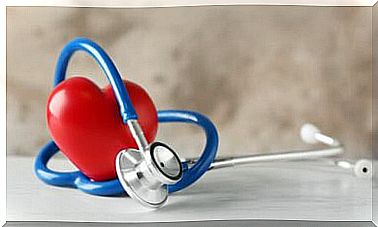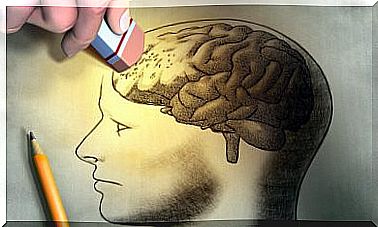Wonderful! A Woman With ALS Can Communicate With Her Loved Ones Again Thanks To A Brain Chip
The amyotrophic lateral sclerosis (ALS) is a progressive, neurodegenerative disease fatalities, affecting motor neurons of the spinal cord, brainstem and motor cortex. There is a failure of the motor system that directs, regulates and maintains the skeletal muscles, responsible for the ability to move and relate to the environment.
In this article we will tell you a little more about this disease and we will tell you about a particular case that has had a great impact.
Hanneke de Bruijne is 58 years old, lives in the Netherlands, and in 2008 she received news that changed her life: she suffered from amyotrophic lateral sclerosis, also known as ALS.
This disease progresses fast and relentlessly, so much so that he had already lost the ability to speak, mobility and began to need a mechanical ventilator to breathe.
Only those who suffer from ALS or those close to the patient themselves know what this type of existence means, this disease where the person loses, little by little, all contact with the world.
Hanneke has a husband and three children. Overnight, he stopped being able to talk to them. To tell them if he was hungry, cold, without being able to say that he loved them or that he was happy to have them by his side.
We cannot forget that all ailments are affected in turn by that emotional world that, when collapsing, accelerates their own decline and that helplessness where the person loses even the desire to continue in this world. This is exactly what this Dutch woman began to feel, until the Utrecht University Medical Center gave her good news: they were going to help her to communicate with her loved ones again.
A breakthrough for ALS sufferers
This is one of the most promising advances for those affected by amyotrophic lateral sclerosis. It has been possible to develop a type of autonomous communication thanks to a chip and a computer, so that the person can speak without having to generate any movement.
It is not telepathy, but that extraordinary conjunction between neuroscience and engineering where the electrical signals of a small device manage to emit various waves from the brain to an electronic device.
The work has been published in the New England Journal of Medicine and the results are sensational. Next, we detail each of the steps.
It all started as an experiment
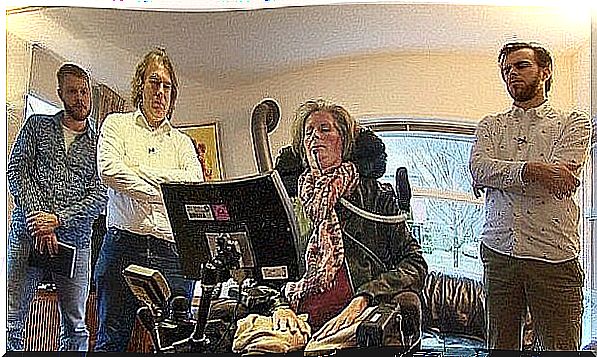
This was communicated to the patient’s relatives: it was going to be an experiment and she was the first experimental subject to receive a chip with which to develop a new mode of communication, which could be successful or not.
The family did not refuse. De Bruijne hadn’t been able to speak for a year, so she couldn’t decide for herself. However, when the operation went as the scientists themselves expected, this woman thanked them “for bringing her back to life.”
- Nick Ramsey was commissioned to carry out this experiment. He is the director of cognitive neuroscience at Utrecht University.
His main goal was not just to offer a new mode of communication to people with ALS. This chip can also change the life of all those people with brain injuries who have lost the ability to speak and move.
How is this possible?
The intervention began with the installation of a sensor in Hanneke’s brain. This device has a very specific purpose: to detect the moment when the person wants to start writing on the tablet in front of him.
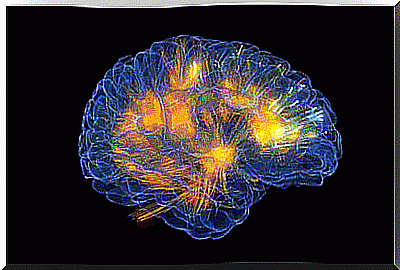
- It is clear that ALS patients cannot move. Thus, it is the brain’s own chip that sends the order to the computer to go, letter by letter, making the selection.
- This selection is made by sending electrical signals. Something sensational.
- Described in such a simple way it certainly seems to us something amazing. However, it must be said that Hanneke’s first operation was unsuccessful. When the sensor was implanted, it didn’t work as scientists expected.
- It took 7 more months to improve the system, to fine-tune that detection and signaling mechanism with which Hanneke could communicate effectively.
After almost a year of waiting, the miracle happened. This woman who suffered from ALS since 2008 was able to speak again with her children and her husband. It was like stepping out of a tunnel of darkness.
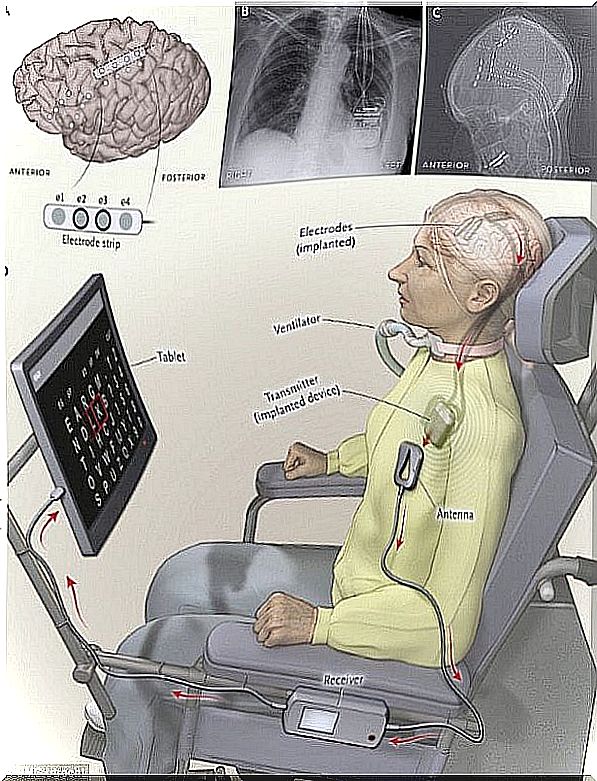
For the freedom and dignity of ALS sufferers
Hanneke lives attached to her tablet. On the screen, there is always a series of tiles and a red cursor that moves slowly to go from letter to letter.
- When you want to select a letter, just imagine your index finger making the selection. After 20 seconds, that selection runs on your tablet.
- After a few minutes, the phrase is generated so that the voice device of the tablet itself can communicate it to its surroundings.
- While it is true that it takes a long time to say an entire word, the computer itself has already automated many high-frequency words and they are more easily generated.
- Now Hanneke can communicate orally and also write emails.
This is how he has contacted the media around the world to demonstrate that all ALS patients now have the opportunity to regain some of their dignity, independence and security.
Because, when a person stops being able to move and communicate with the people they love, the world is less world, and the person loses their courage, their energy and their spirits. Medicine and science make real advances that fill us with hope. We hope they never cease to amaze us.

